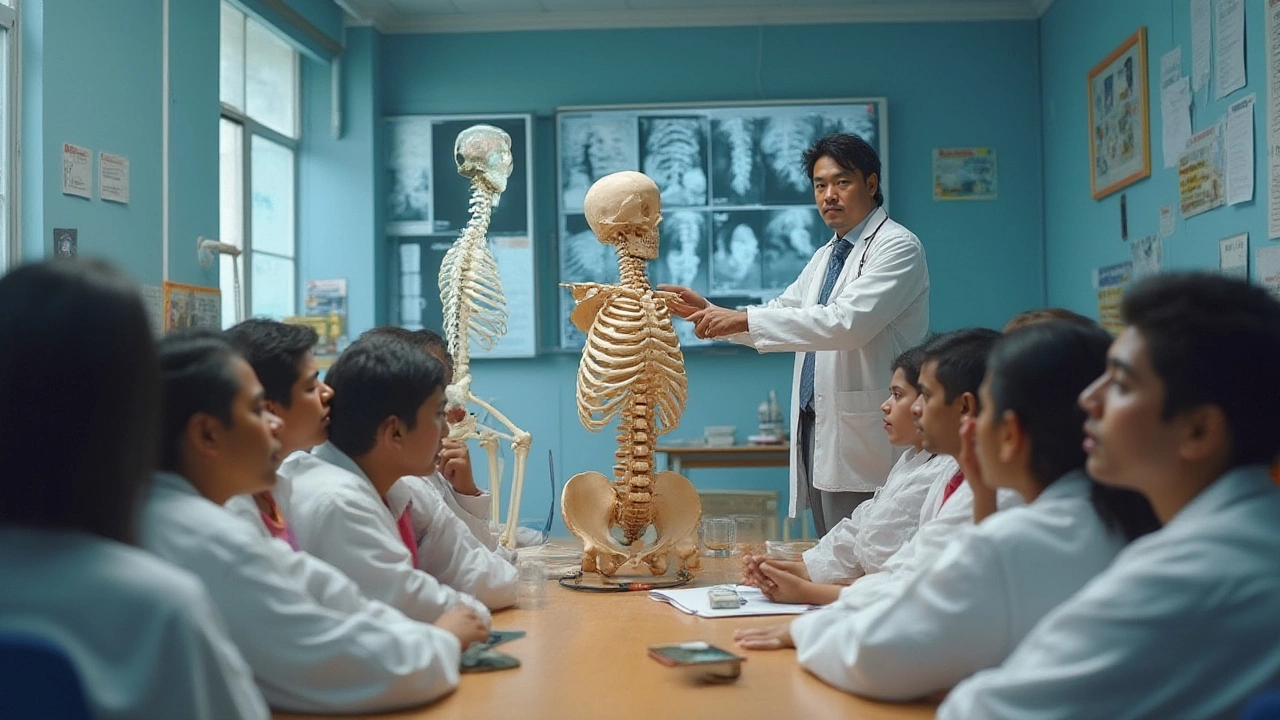Orthopedics Principles: Simple Guide to Healthy Bones & Joints
Ever wondered why a simple sprain can keep you off your feet for days? It all comes down to orthopedics – the science of bones, muscles, ligaments and how they work together. Understanding the basic principles helps you spot trouble early, avoid common injuries, and bounce back faster after surgery. Think of it as a quick toolbox for anyone who wants to move without pain.
First rule: respect the structure. Your skeleton isn’t a rigid pole; it’s a living framework that remodels itself with activity and nutrition. Calcium, vitamin D, and weight‑bearing exercise keep bones dense and strong. Next, watch the joints. They act like hinges, and staying mobile requires balanced muscle support and good alignment. Poor posture, uneven loading, or skipping warm‑ups are the usual suspects that wear down cartilage and trigger pain.
First Orthopedic Visit – What to Expect
If you’ve booked an appointment for a knee ache or a stubborn back strain, you’ll likely go through a short interview, a physical exam, and maybe an X‑ray or MRI. The doctor checks range of motion, strength and any swelling. Costs vary across India, but most clinics give a clear fee breakdown before any test. Knowing this ahead of time saves surprises and lets you plan for any follow‑up treatment, whether it’s physiotherapy or a simple brace.
Recovering from Surgery – Real Tips
Post‑op recovery often feels like a waiting game, but small actions speed things up. After a knee replacement, most surgeons recommend 2–3 days of limited rest, followed by gentle walking and prescribed exercises. Use a pillow for support when sitting on the toilet, and keep the incision clean to avoid infection. Pain isn’t optional, but over‑reliance on strong meds can delay healing; talk to your doctor about balanced pain control and safe stretching.
Another key principle is progressive loading. Start with low‑impact activities like swimming or cycling before moving to jogging or stair climbing. This gradual increase respects the healing tissue and reduces the chance of re‑injury. Nutrition plays a role here, too – protein helps rebuild muscle, while omega‑3 fatty acids can tame inflammation.
Lastly, listen to your body. Sharp pain, swelling that worsens, or a fever are red flags that need a check‑up. Most orthopedic issues resolve with patience, proper movement, and a bit of guidance from a qualified professional. Keep these principles in mind, and you’ll stay on the move with fewer setbacks.

The 4 A's of Orthopedics Explained: Key Pillars for Bone Health
Discover the 4 A's of orthopedics: Alignment, Apposition, Apparatus, and Activity. Learn what they mean with real examples, helpful facts, and advice.

Which Celebrities Have Undergone IVF Treatment?
Nov, 20 2025



